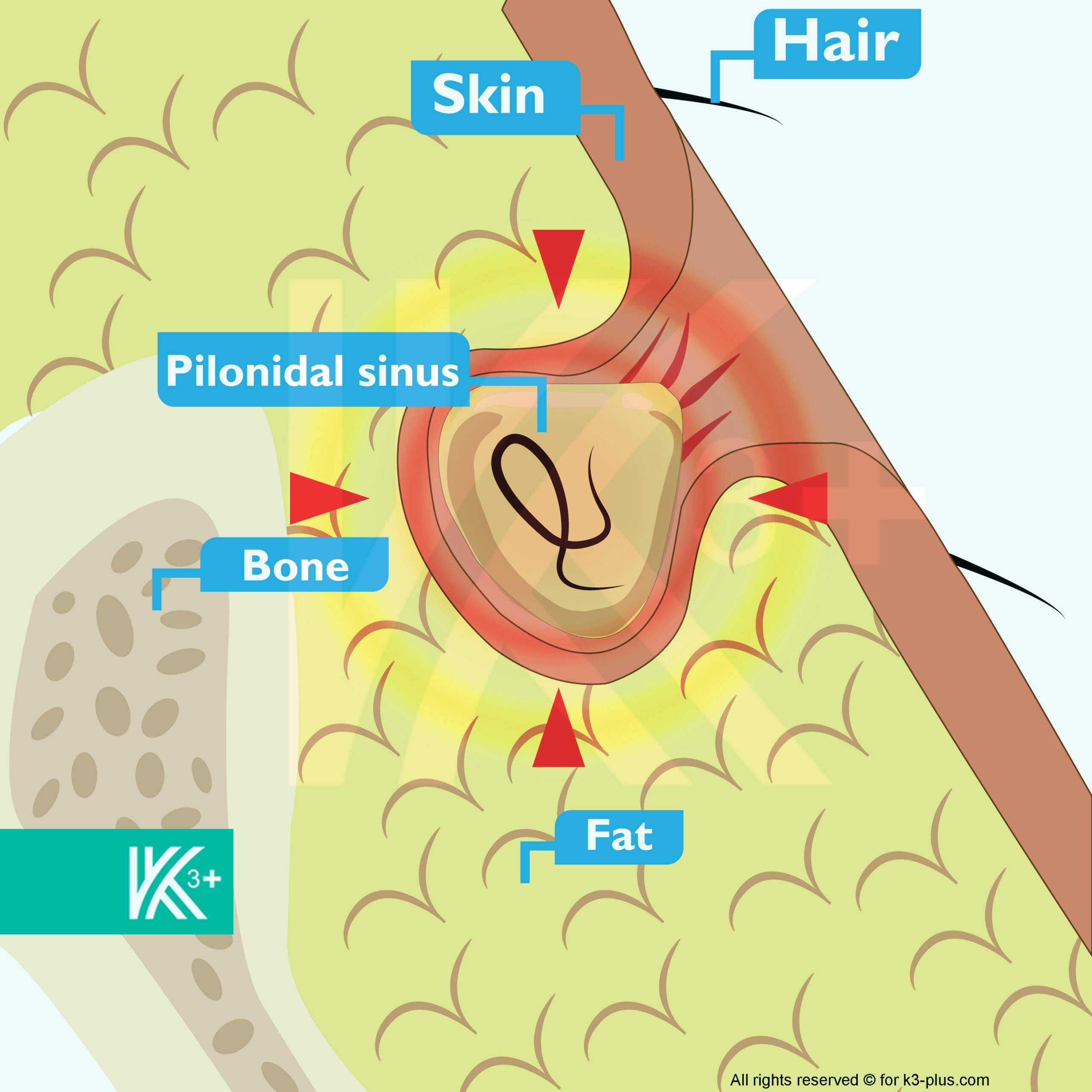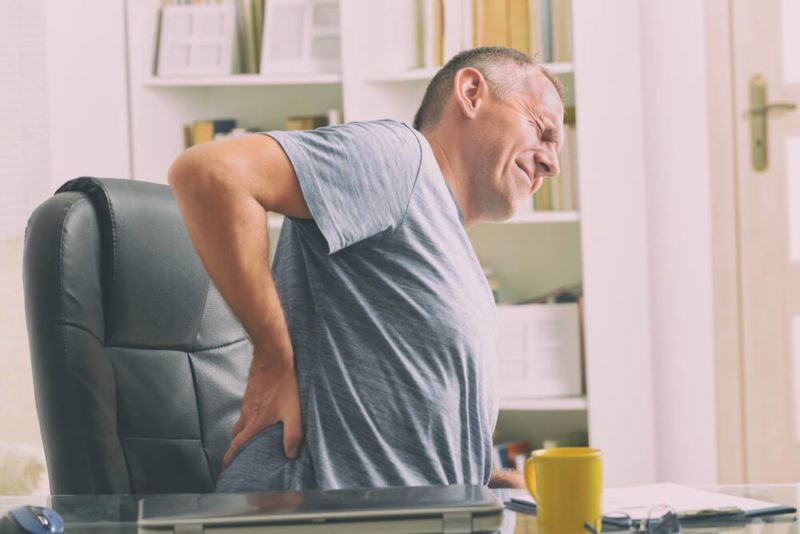Pilonidal Cyst Removal, Recovery, and Recurrence
Table Of Content

This information provides a general overview and may not apply to everyone. Talk to your family doctor to find out if this information applies to you and to get more information on this subject. You'll soon start receiving the latest Mayo Clinic health information you requested in your inbox.
Symptoms and Causes
About 50% of people who have a cyst removed require a second cystectomy, and some may need repeated procedures to treat pilonidal sinus disease. You can help prevent pilonidal cysts by maintaining a healthy weight. Some people have pilonidal cysts that become infected again and again over a long time. Without treatment, these people may be at increased risk of a type of skin cancer called squamous cell carcinoma. Pilonidal cysts are most common in young adult males, and the problem tends to recur. People who sit for long periods of time are at higher risk of developing pilonidal cysts.
Pain
A broad-spectrum antibiotic is an antibiotic that treats a wide range of bacteria. As with any form of surgery, it is important that people take note of all instructions relating to at-home care, especially if gauze needs removing and repacking. Another possible cause of a pilonidal cyst is the result of applying force or friction to the area. What these cysts look like and the other symptoms that accompany them can differ among individuals. Immediately following the removal of the cyst, you will be taken to the recovery room and monitored as the sedation wears off. Once you are steady on your feet, you will be discharged with instructions for caring for the incision, bathing, and making a follow-up appointment.

What Is a Pilonidal Sinus?
You’ll be sore after the procedure, so it’s a good idea to have someone drive you home. Using a bidet or personal care wipes may be helpful when a handheld shower head isn’t available. Psoriasis can affect dark skin differently than light skin.

Editor’s Picks on Skin Lumps and Bumps
Scottie Scheffler Provides 'TMI' and Explains His 'Excruciatingly Painful' Bu** Crack Injury - EssentiallySports
Scottie Scheffler Provides 'TMI' and Explains His 'Excruciatingly Painful' Bu** Crack Injury.
Posted: Fri, 26 Aug 2022 07:00:00 GMT [source]
The procedure is done under local anesthesia, meaning the doctor numbs just the area around the cyst. You have to change the gauze until the cyst heals, which may take up to 3 weeks. In this procedure, your doctor makes a cut and drains the cyst, removing pus and any hair inside. Then, they sew the edges of the cut to the wound edges to make a pouch.
More on Skin Problems and Treatments
Drainage from the area, which can affect quality of life, is also a common occurrence. Eating enough fiber and drinking water are important in avoiding having hard stools. People should ask their healthcare provider about the use of stool softeners. The chance of a good outcome and recovery is better when all of the sinus tract is removed. Closing the incision may increase the risk of a later infection.
Can a pilonidal cyst be prevented or avoided?
It’s a simple procedure done under local anesthesia, meaning the doctor numbs just the area around the cyst. You have to change the gauze often until the cyst heals, which may take up to 3 weeks. Pilonidal cysts are not known to cause problems with your bowels. But since bleeding is a symptom of pilonidal cysts, you may see blood on the toilet paper after a bowel movement because you have wiped over the bleeding cyst. If your cyst becomes a problem, your doctor can drain it or take it out through surgery. Be sure to see your provider if you develop symptoms of a pilonidal cyst.
Try applying a hot, wet compress to the cyst a few times a day. The heat will help pull out the pus, allowing the cyst to drain. With an open wound you may be seen in clinic to remove the bandage and packing. Pilonidal cyst surgeries are done under general anesthesia at an outpatient surgical center.
Pilonidal Cyst Surgery Procedures and Recovery
The surgeon and/or other healthcare providers will give instructions on how to manage these aspects of recovery from surgery. In some cases, the pain may be significant, such as when there is an infection or an abscess (a pocket of infection) at the pilonidal sinus. The pain may be one reason for getting treatment or having a more invasive type of surgery. The ASCRS provides a thorough overview of pilonidal cysts and other useful resources related to this condition.
Antibiotics aren’t typically required for this procedure unless the infection has spread to surrounding areas. They may also give you particular instructions about how soon before your procedure you can bathe and eat. Typically, doctors instruct you to stop eating 8 hours before any procedure that requires general anesthesia. Read on to learn more about how these procedures are performed, what the recovery process is like, and if a cyst is likely to return. PSD is considered benign, meaning that it doesn’t usually go on to cause other problems. In addition, the pain affects quality of life and can be a reason that people are absent from school or work.
This marsupialization procedure allows fluid to drain easily from the area and can make cysts less likely to return. People who have jobs that require sitting for long periods of time, such as truck drivers, are at increased risk of recurrence. If you have a desk job, consider switching to a standing desk or setting an alarm to stand up and stretch your legs several times throughout your shift.
Comments
Post a Comment